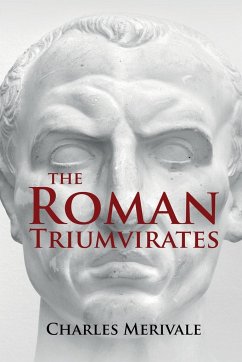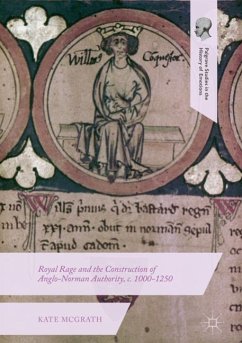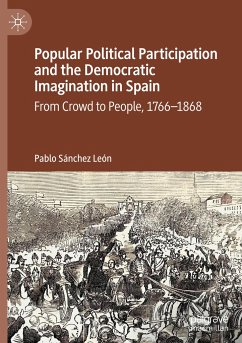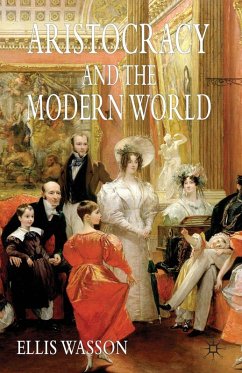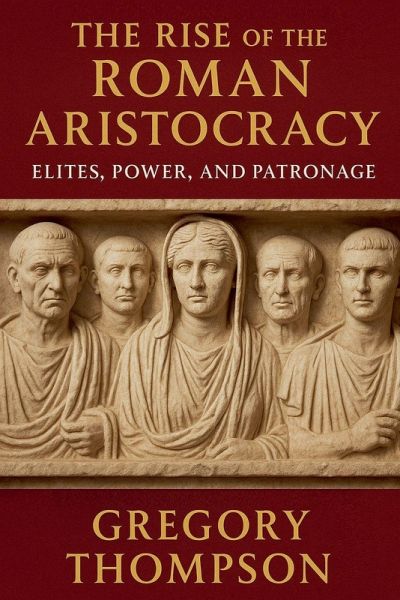
The Rise of the Roman Aristocracy
Elites, Power, and Patronage
Versandkostenfrei!
Versandfertig in 1-2 Wochen
17,99 €
inkl. MwSt.

PAYBACK Punkte
9 °P sammeln!
This comprehensive study examines the evolution of the Roman aristocracy from its origins in the early Republic to its transformation in late antiquity. Through twenty-four chapters, the book traces how Rome's governing elite maintained remarkable dominance across dramatic political transformations while continuously adapting its composition, strategies, and self-conception. The narrative begins by exploring the origins of social stratification in early Rome, examining how the patrician order emerged as a closed hereditary elite monopolizing religious and political authority. It then traces th...
This comprehensive study examines the evolution of the Roman aristocracy from its origins in the early Republic to its transformation in late antiquity. Through twenty-four chapters, the book traces how Rome's governing elite maintained remarkable dominance across dramatic political transformations while continuously adapting its composition, strategies, and self-conception. The narrative begins by exploring the origins of social stratification in early Rome, examining how the patrician order emerged as a closed hereditary elite monopolizing religious and political authority. It then traces the Struggle of the Orders that gradually opened aristocratic ranks to wealthy plebeians, creating the broader nobility (nobilitas) that would govern Rome through its Mediterranean expansion. The book analyzes the Senate's evolution as the institutional embodiment of aristocratic authority, alongside the cursus honorum that structured elite competition for political offices. Central chapters examine the economic foundations of aristocratic power through landholding, imperial exploitation, and commercial interests, as well as the crucial role of family strategies in maintaining elite status across generations. The book explores how patronage networks bound Roman society together across class lines while reinforcing aristocratic dominance, and how public games and religious authority enhanced elite legitimacy. Later chapters analyze how imperial conquest created new opportunities and challenges for the aristocracy, ultimately generating contradictions that the traditional republican system could not contain. The Gracchi's reform efforts, Sulla's optimization of aristocratic power, and the factional conflicts of the late Republic reveal the increasing strains on the system before its transformation under Augustus. The final section examines the aristocracy's adaptation to imperial governance-how Rome's elite preserved significant privileges, responsibilities, and distinctive identity despite the fundamental reconfiguration of political authority under the Principate. The book concludes by tracing the long-term legacy of Roman aristocratic traditions into late antiquity and beyond, showing how they provided templates for elite governance that would influence European nobility for more than a millennium. Throughout, the book highlights the remarkable adaptive capacity of Rome's aristocracy-its ability to preserve core elements of elite identity amid changing circumstances, to incorporate new elements while maintaining traditional distinctions, and to balance internal competition with class solidarity. This distinctive blend of conservation and innovation characterized one of history's most successful governing classes, providing enduring models of leadership that would shape Western political development until the democratic era.



